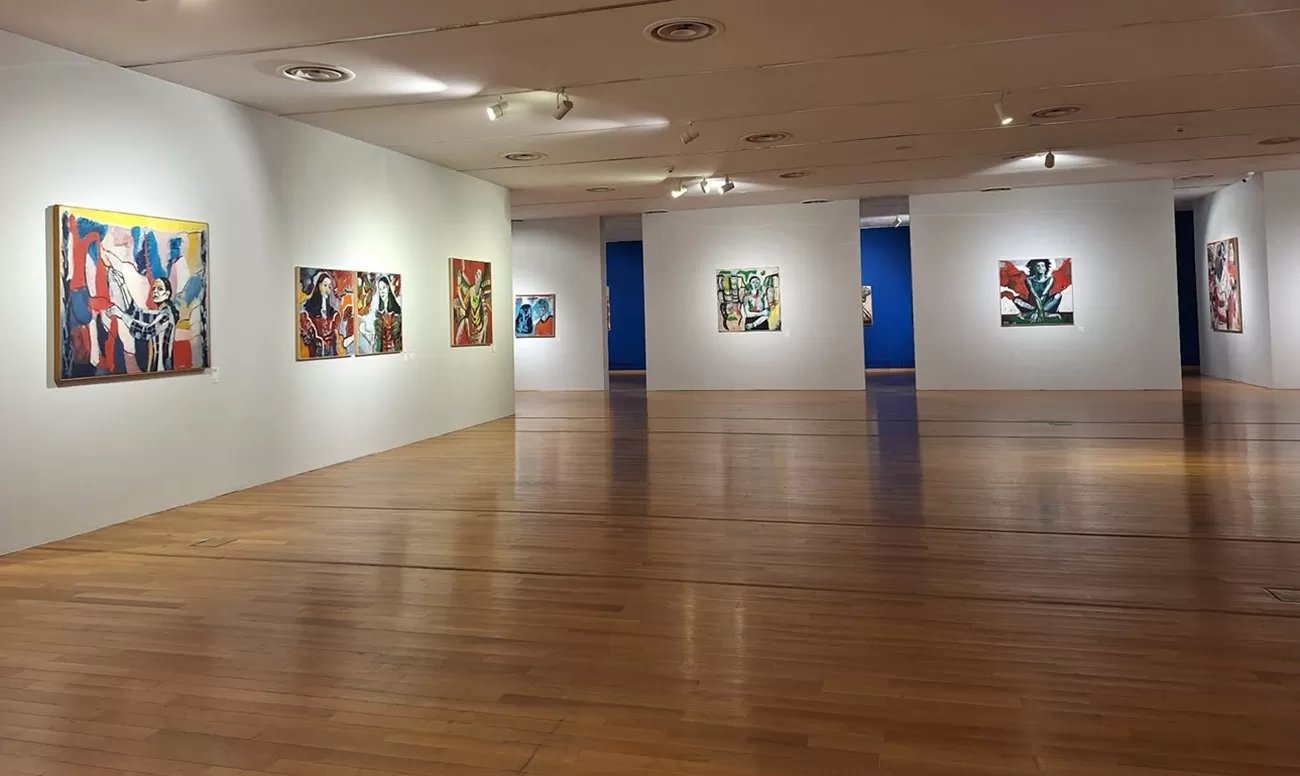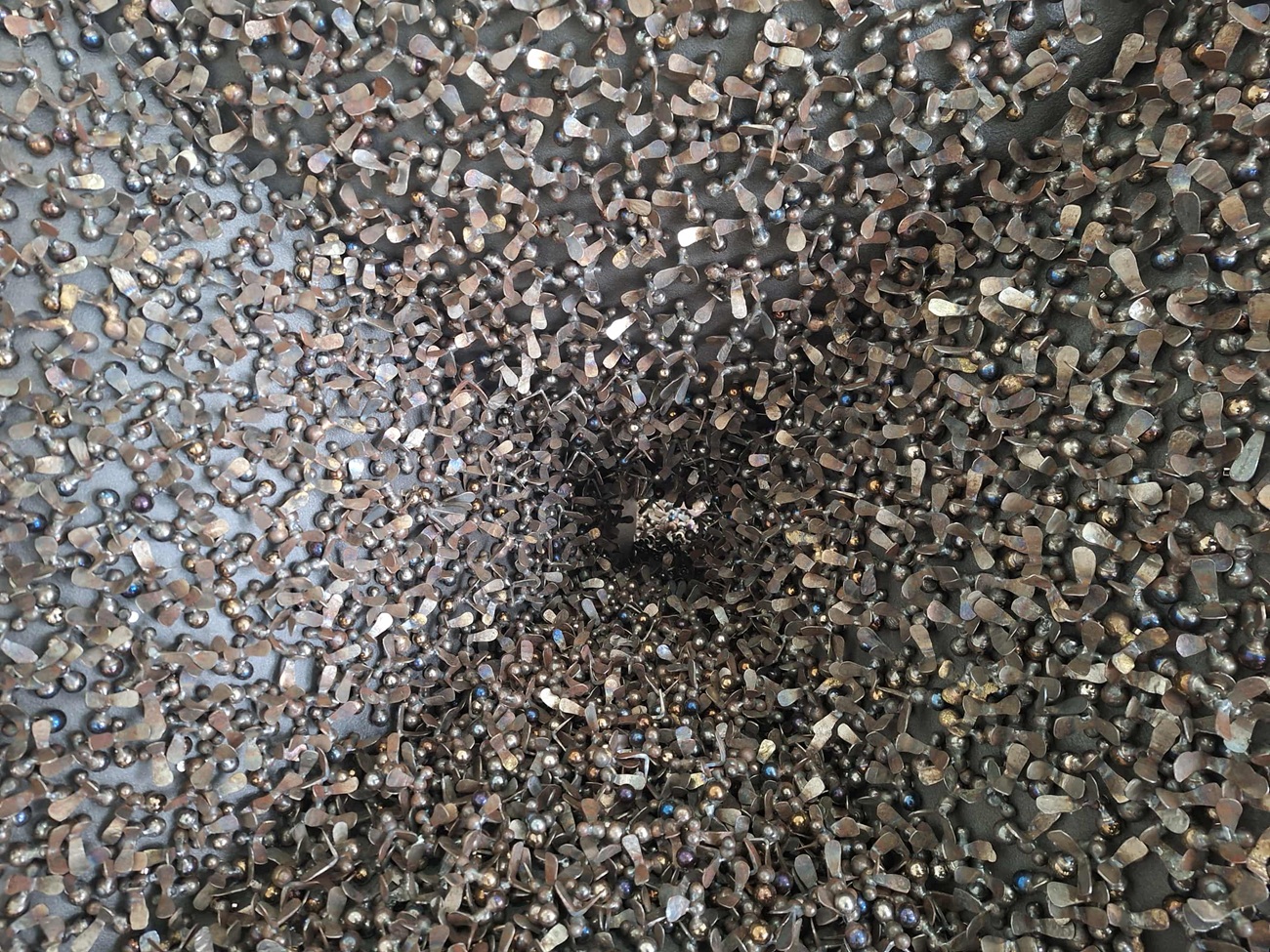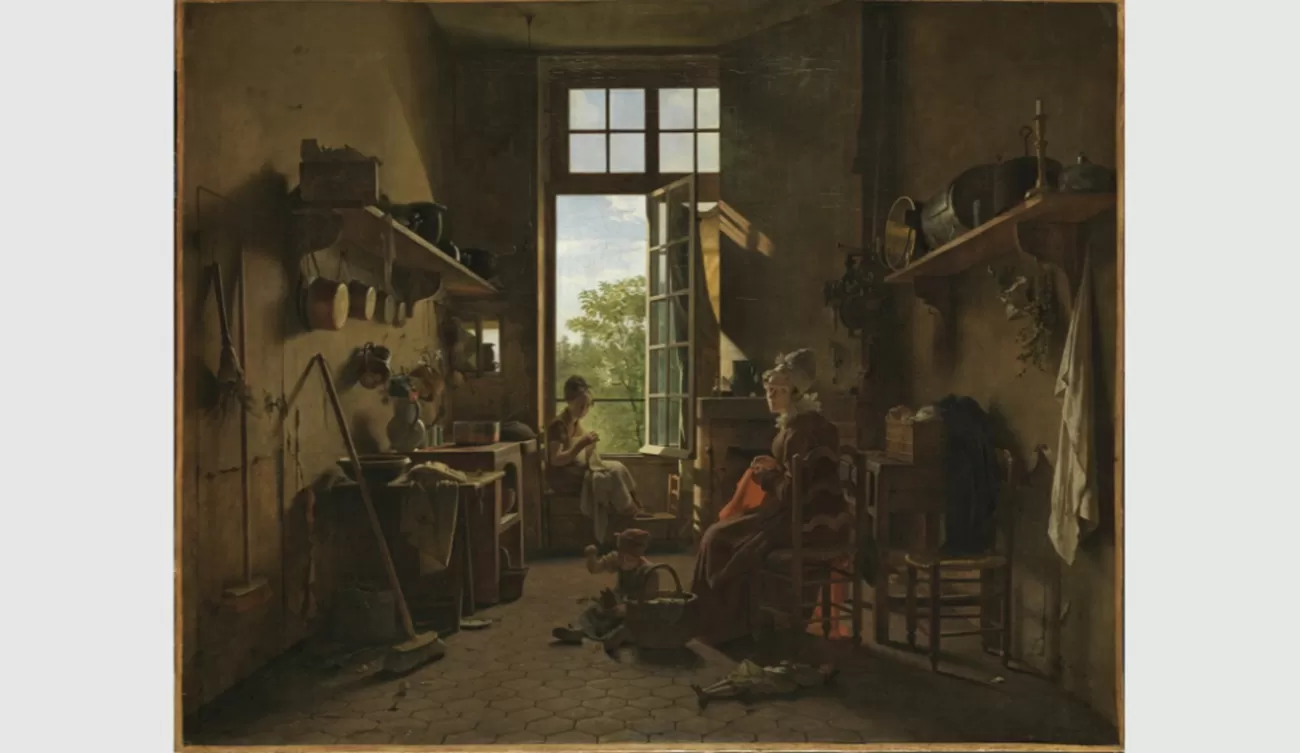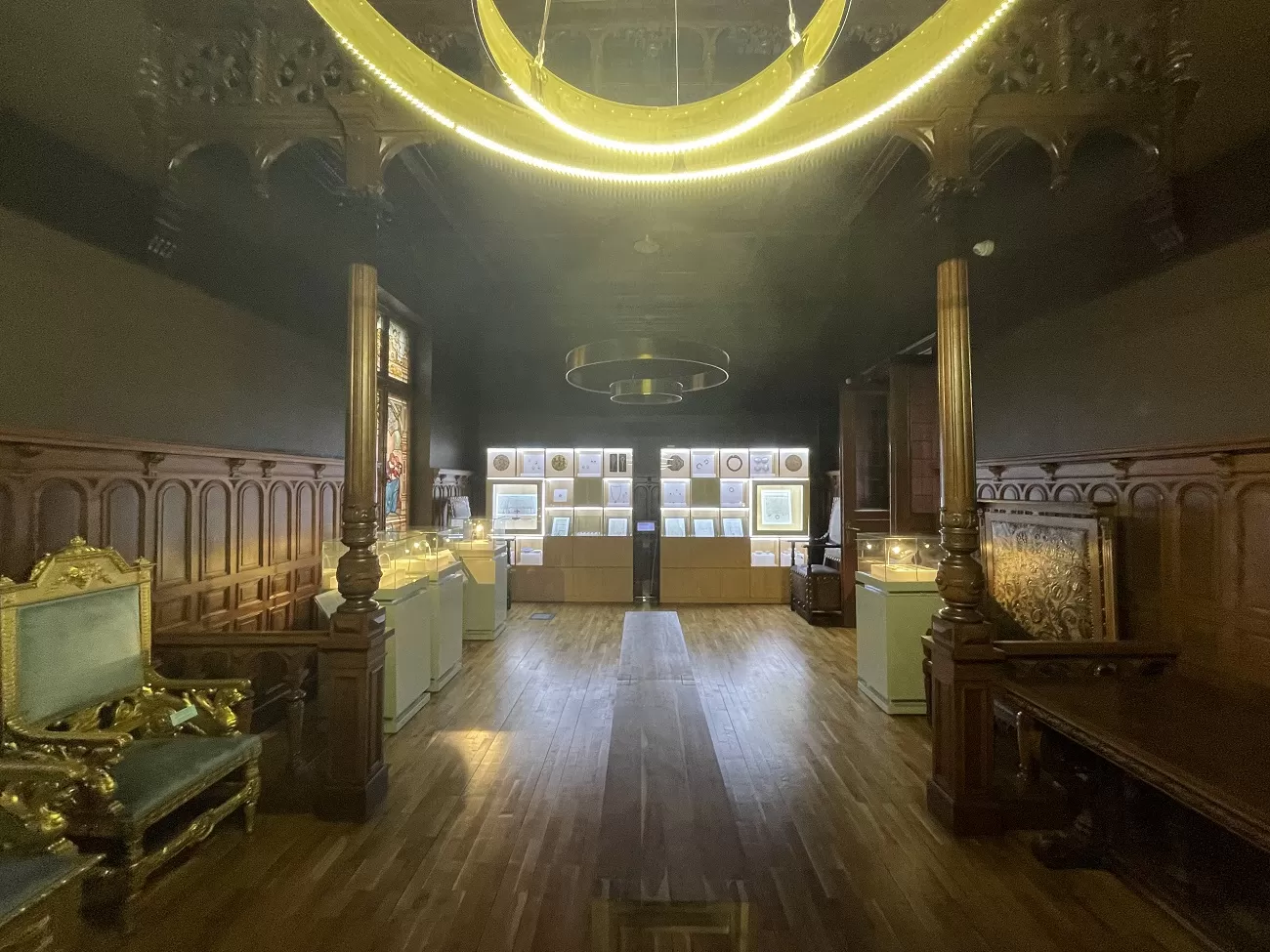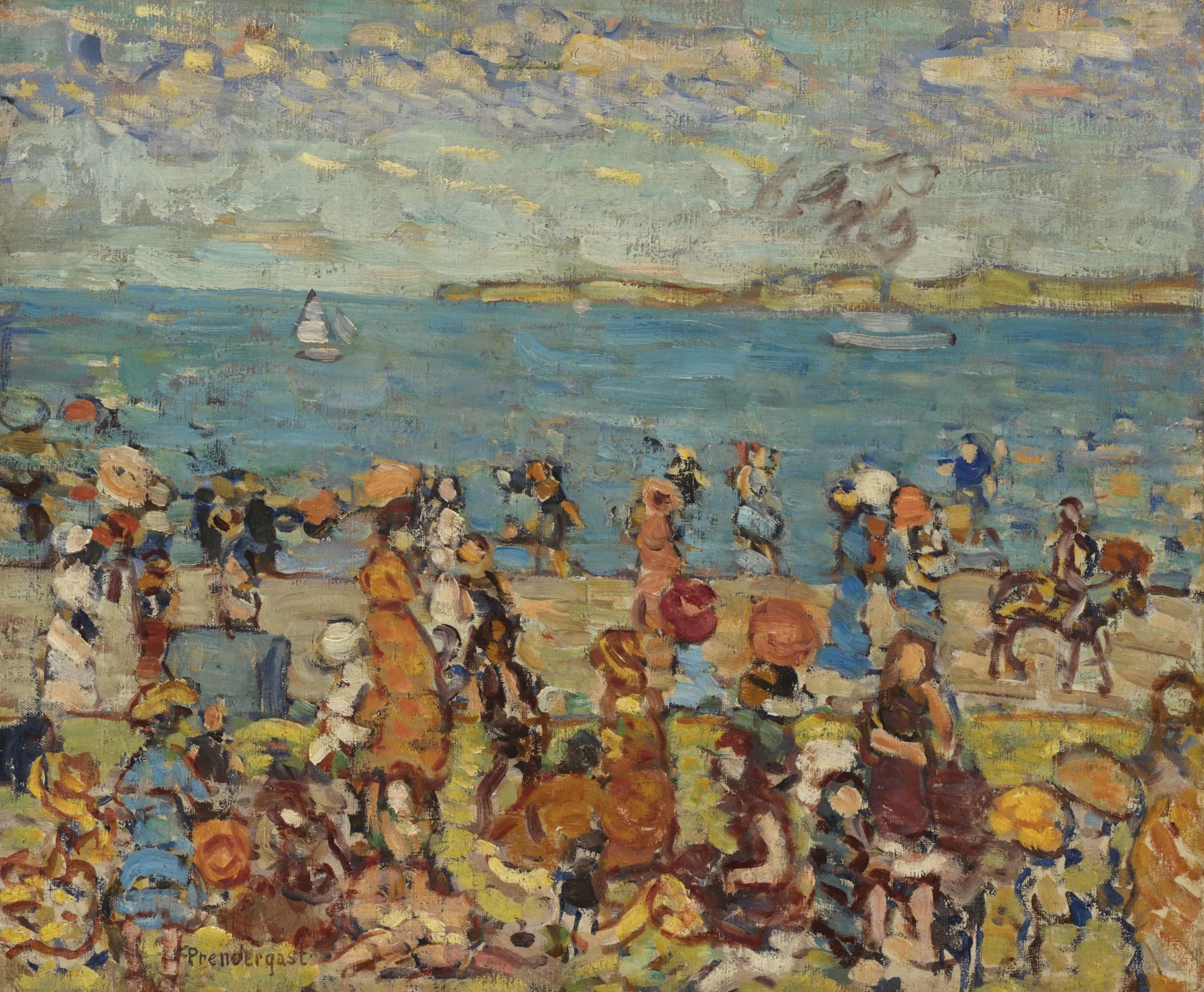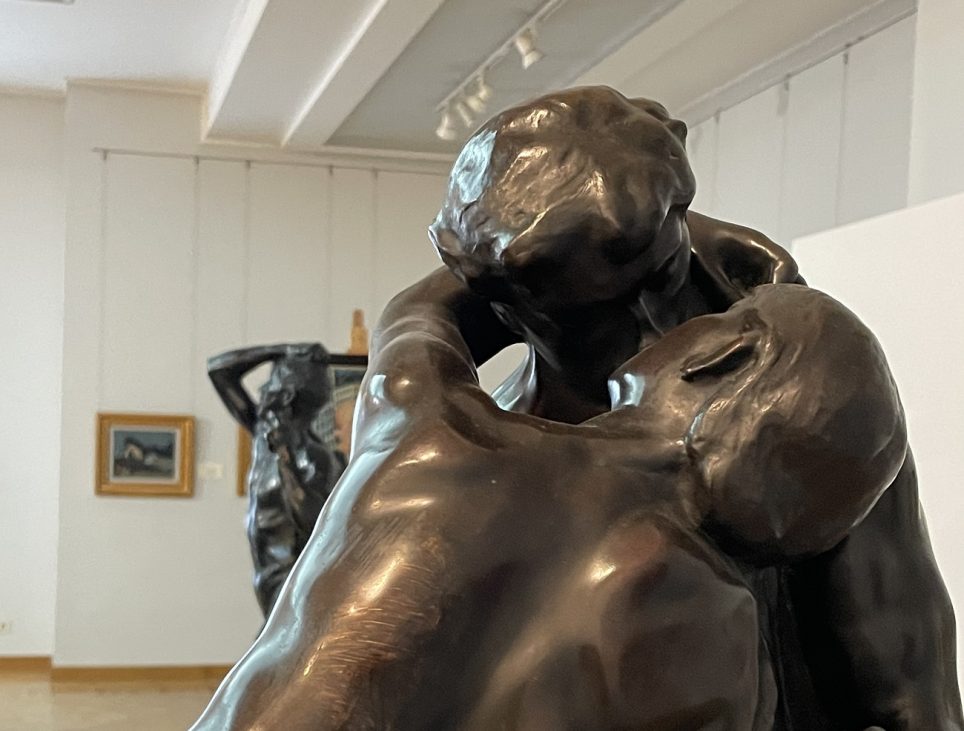
Auguste Rodin’s “scandalous” nudes
”The Bronze Age” sculpture, which entered the Royal Family Collection early last century, is based on a controversial original. Auguste Rodin (1840 – 1917) made several bronze versions, after struggling to sell the original in France.
The work was exhibited untitled at the Cercle Artistique in Brussels in 1877, and, that same year, under the title “L’age d’airain”, at the Paris Salon, where it caused a scandal. Breaking from the academic sculpture of the time, which subjected the human body to formal syntheses, Rodin came up with details that testify to the sculptor’s mastery and his attention to living nature.
According to the Rodin Museum, a young Belgian soldier, Auguste Ney, served as the model for this statue, which lacks any element that might shed light on the identity of its subject. Originally, a spear was in the left hand, but Rodin decided to remove the weapon to free the arm and give the gesture a new liberality.
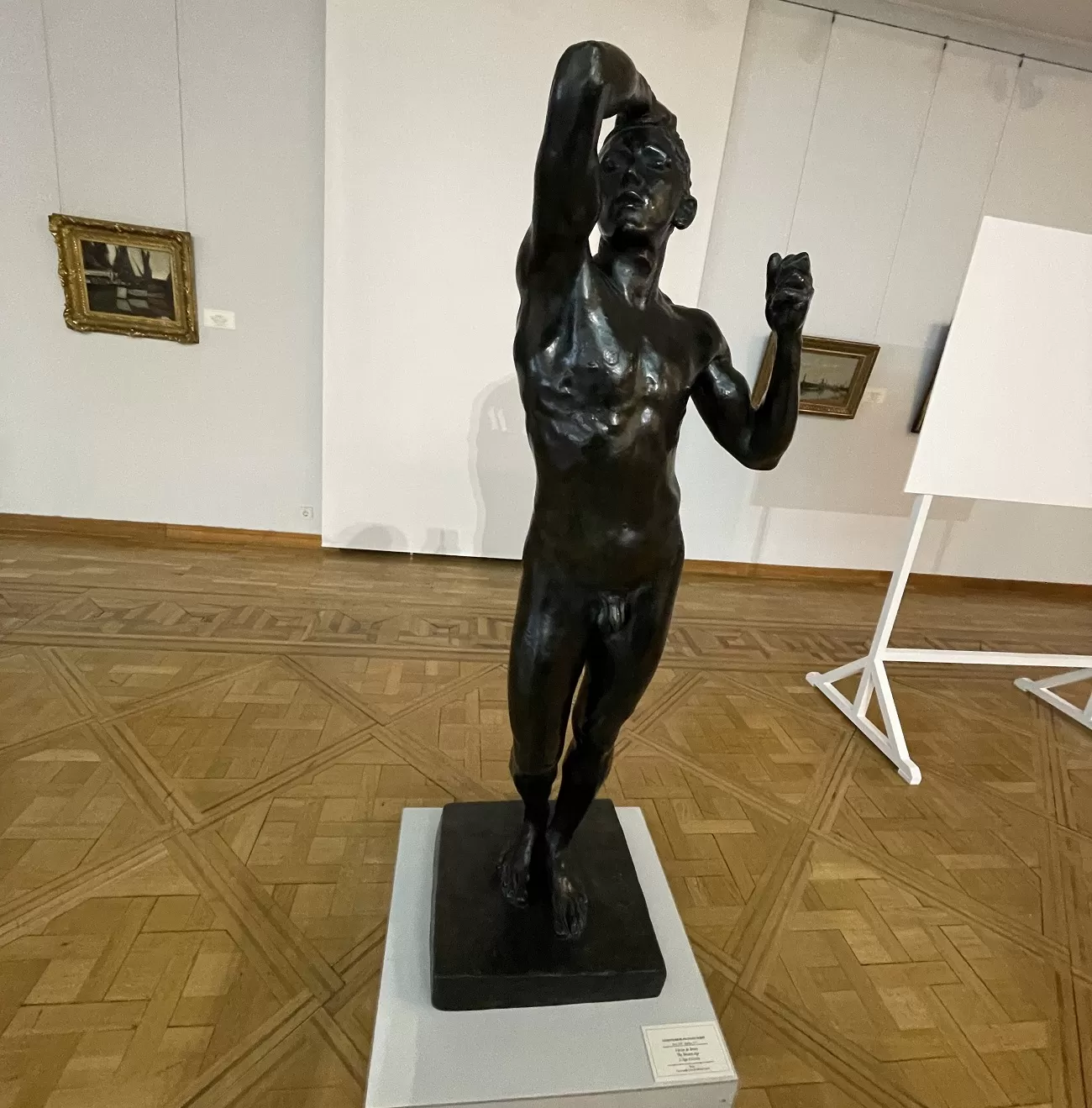
The Bronze Age by Auguste Rodin, on display at MNAR; curatorial
Accused of using a life-size cast of his character when the statue was exhibited in Paris, the artist had to prove that the way he modeled the sculpture came from a thorough study of the profiles, not a life-size cast. In the end, he was declared innocent of any deception, and the scandal drew attention to Rodin and led to his commission for La Porte de l’Enfer/ The Gates of Hell in 1880.
“The Kiss” born out of ”Hell”
Out of this great work was born ”The Kiss”. A scene both sensual and scandalous. Rodin decided to depict Paolo and Francesca, characters from Dante Alighieri’s ”Divine Comedy”, killed by her husband who had caught them kissing. The two lovers were condemned to wander through hell. This statue occupied a prominent position in the great creation, opposite Ugolin, until 1886, when the sculptor realized that this depiction of happiness and sensuality was at odds with the theme of his major project.
Rodin turned it into a standalone work and exhibited it from 1887. It was an immediate success, and because the two lovers could not be identified, the public called it ‘Le Baiser/ The Kiss’.
The French government commissioned a larger marble version, which took Rodin about ten years to complete.
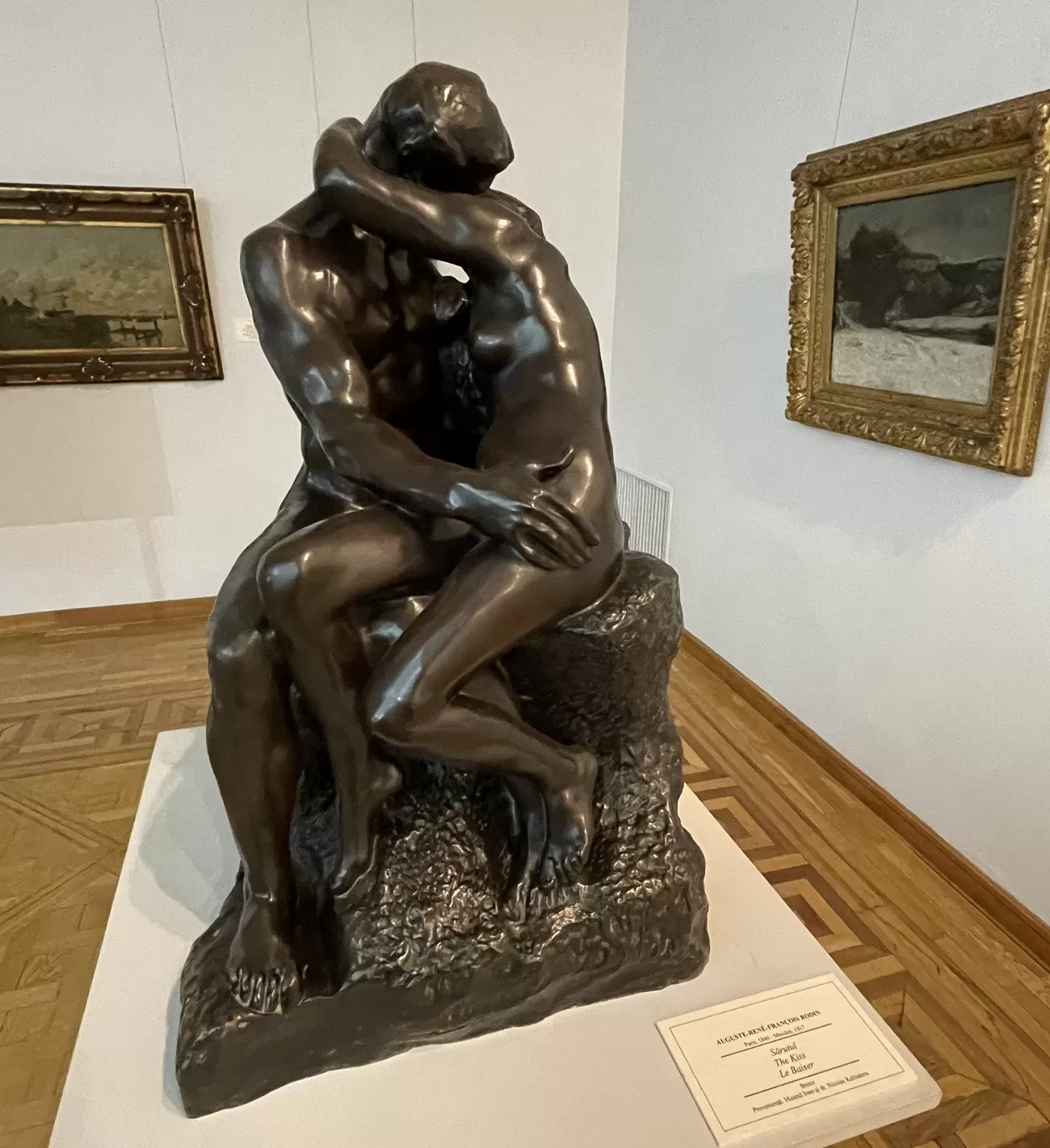
The Kiss, by Auguste Rodin, on display at MNAR; curatorial
Until Rodin, the woman was the object of adoration, and in this work the female character responds with erotic gestures to the male one, thus “we are dealing with an exposition of the relationship of the two partners”, as Dr. Călin Stegerean pointed out in the conference “Adam’s Costume” at the National Art Museum of Romania, in which he included the two works.
The bronze version of “The Kiss” at MNAR was part of the collection of the “Ioan and Dr. Nicolae Kalinderu” Museum.
Both works are exhibited next to “Spring”, a bronze by Rodin from the collection of the Anastase Simu Museum, in the French Hall of the museum, alongside works by Alfred Sisley, Paul Signac, Claude Monet and Camille Pissarro, as well as smaller sculptures by Camille Claudel.
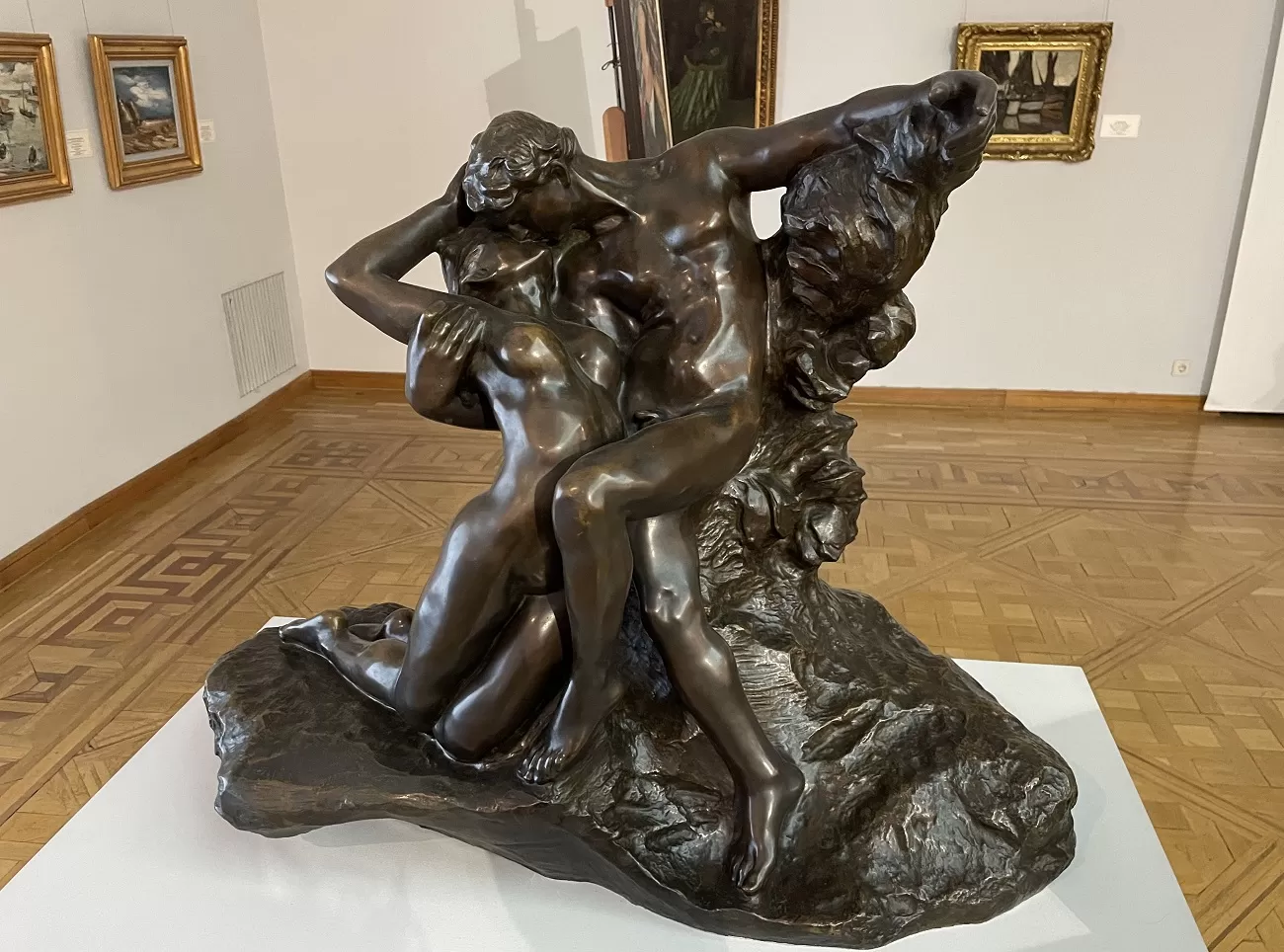
Spring by Auguste Rodin, on display at MNAR; curatorial





